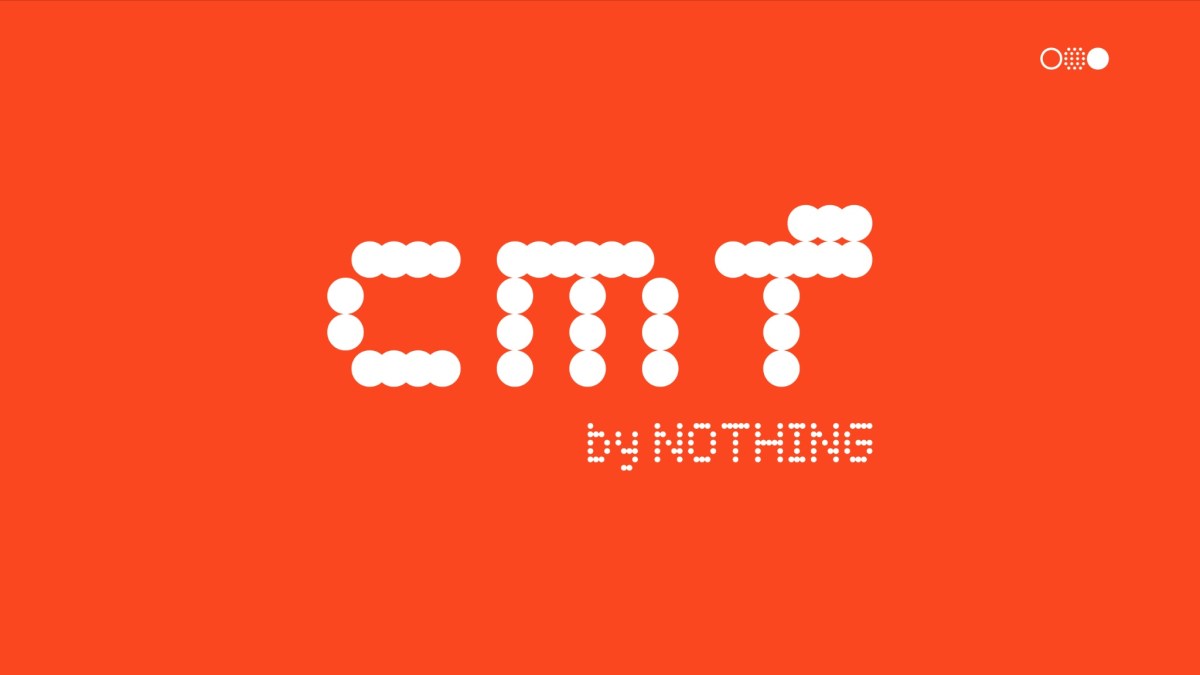Text size
“We own every chip name levered to automotive,” says Sung Cho, a Goldman Sachs portfolio manager who helps run two of the firm’s technology funds. “Demand is exploding.”
Courtesy NXP
One cruel truth the stock market confirmed this past week is that trying to pick the bottom for technology stocks is a fool’s errand. The Nasdaq Composite’s terrible September—it was down 10.5% on the month—has made the bottom-fishing that took place over the summer look ill-advised. As I’ve noted before, the first downturn in tech earlier this year was all about valuations. This new phase of the decline is all about softening earnings. When it comes to price-to-earnings ratios, the market is running into a denominator problem.
The market downturn, the weaker economy, and the reversal of some pandemic-era trends have exposed weaknesses in the business models of companies such as
Peloton Interactive
(ticker: PTON),
Zoom Video Communications
(ZM),
Shopify
(SHOP),
Affirm Holdings
(AFRM), and
Snap
(SNAP), and investors have adjusted valuations accordingly. But there are still some powerful underlying secular trends that should eventually drive tech stocks higher. Investors with long time horizons and strong stomachs might consider inching into the market. I have a few ideas on where to look.
Let’s start with the cloud. One thing to watch in the coming wave of third- quarter earnings reports is any sign of a slowdown in the big three cloud-computing services from
Amazon.com
(AMZN),
Microsoft
(MSFT), and
Alphabet
(GOOGL). All three public cloud services posted strong growth in the June quarter, with little obvious impact from macroeconomic weakness. But cloud-computing services generally operate on a consumption model, and it’s possible that customers in slowing businesses—video streaming, online retailing, and social media, to name a few—could moderate their cloud spending in the quarter. If that happens, I’d expect a brief market freakout. But it would be shortsighted.
In a research note this past week, Redburn analyst Alex Haissl wrote that in 2022 the three large cloud players hoovered up a third of all incremental global information technology spending. And the numbers get even more impressive from here. He estimates that Amazon Web Services, Microsoft Azure, and Google Cloud will together generate about $160 billion in revenue this year, or less than 4% of Gartner’s 2022 estimate for $4.5 trillion in total IT spending. But Haissl predicts that by 2030 the hyperscalers will account for more than 30% of total IT spending.
All three of those companies have other important businesses, but over time, they will start to look more and more like pure-play bets on the cloud. Could their stocks go lower from here? Of course. But if you stash them for 2030, the rewards should be rich.
There are other ways to play the cloud-computing trend. In a recent note launching coverage of the enterprise-software sector, MoffettNathanson analyst Sterling Auty wrote that the time had come to start moving back into the group. He reports that the average bear market in software stocks lasts three months, and that we’re already 10 months into this one, “making it the longest software bear market on record.” His view is that demand is likely to remain robust, as companies continue their “digital transformations,” particularly with tight labor markets driving up wages and boosting the urgency for increased productivity.
Auty concedes that estimates and guidance could ratchet lower for a few more quarters, but he thinks valuations have come down enough to make software stocks interesting. “We will not claim we are able to pinpoint a bottom or a top in software, but our years of experience tell us that when things are this far from ‘typical,’ it is best to start moving in the opposite direction,” he writes. “We are not suggesting the macro environment is suddenly going to turn for the better, in fact the headwinds are likely to persist and could impact estimates for a few more quarters, but we believe that sentiment is already being factored into stock prices and investors seeing the high growth in software relative to other sectors could start coming in, helping software sector performance.”
Auty set Outperform ratings on a slew of software stocks, including
CrowdStrike
(CRWD),
Datadog
(DDOG),
Intuit
(INTU),
Samsara
(IOT),
Cloudflare
(NET),
RingCentral
(RNG),
Smartsheet
(SMRT),
Snowflake
(SNOW), and
Zscaler
(ZS).
He isn’t the only one on Wall Street who thinks it’s time to nibble. Goldman Sachs portfolio manager Sung Cho, who helps run two of the firm’s technology funds, recently told me that his funds have taken stakes in a handful of software-as-a-service companies that continue to grow more than 20% a year—and that have seen huge valuation drops. Among his funds’ picks:
Atlassian
(TEAM),
Palo Alto Networks
(PANW),
HubSpot
(HUBS), and
Snowflake
(SNOW).
Cho is also a big believer in another secular trend—the increasing importance of the auto industry to the semiconductor sector. Cho has been avoiding chip stocks with any exposure to PCs or other consumer end markets, but he has built positions in a range of semiconductor firms that supply car companies, including
ON Semiconductor
(ON)—his favorite—as well as
NXP Semiconductor
(NXPI),
Infineon
(IFNNY),
Wolfspeed
(WOLF), and
STMicroelectronics
(STM).
“We own every chip name levered to automotive,” he says. “Demand is exploding.” Chips play a huge role not only in electric vehicles and autonomous driving, but also in digital cockpit displays and connecting cars to the web. Have these stocks hit bottom? I have no idea. Will they be higher in 10 years? I’m confident they will be.
Write to Eric J. Savitz at [email protected]







































